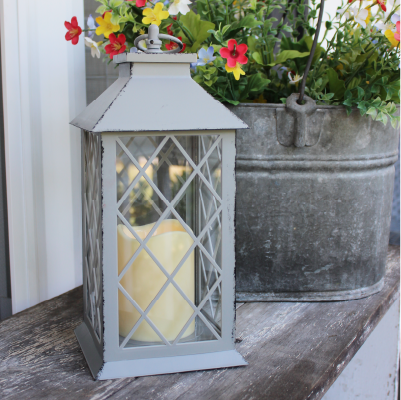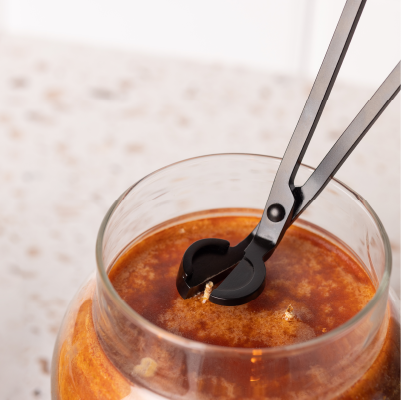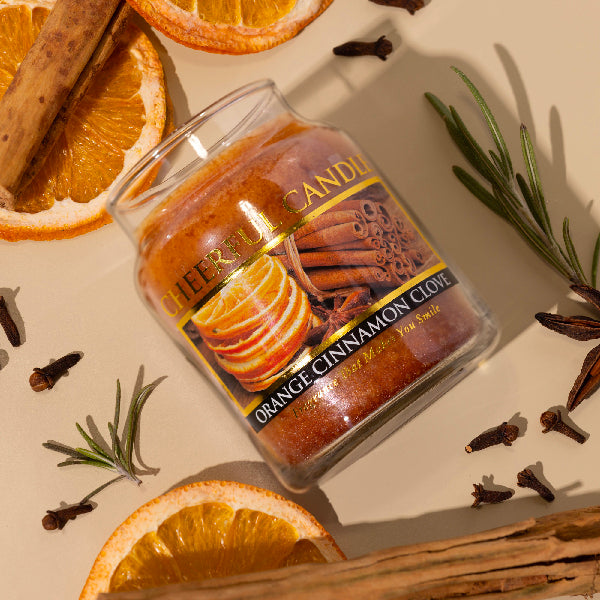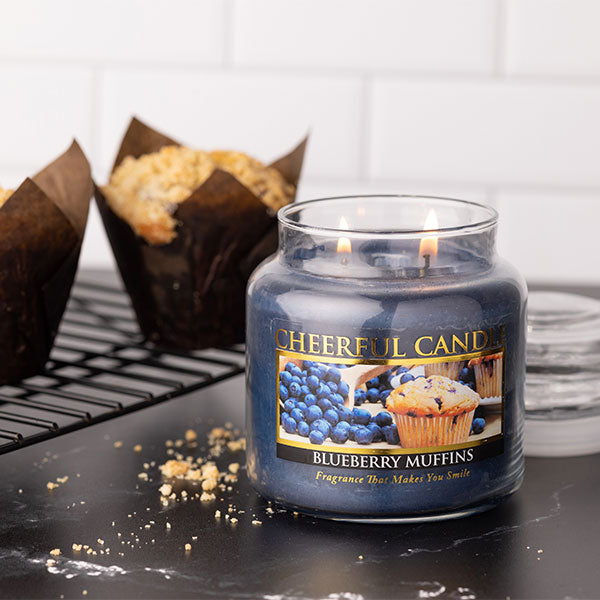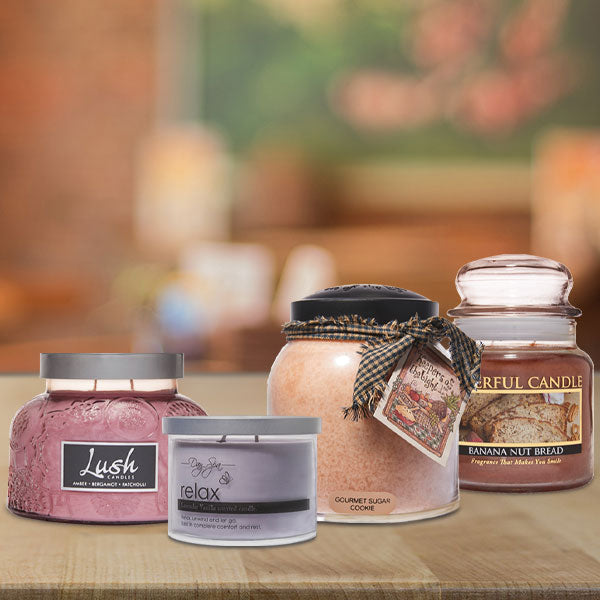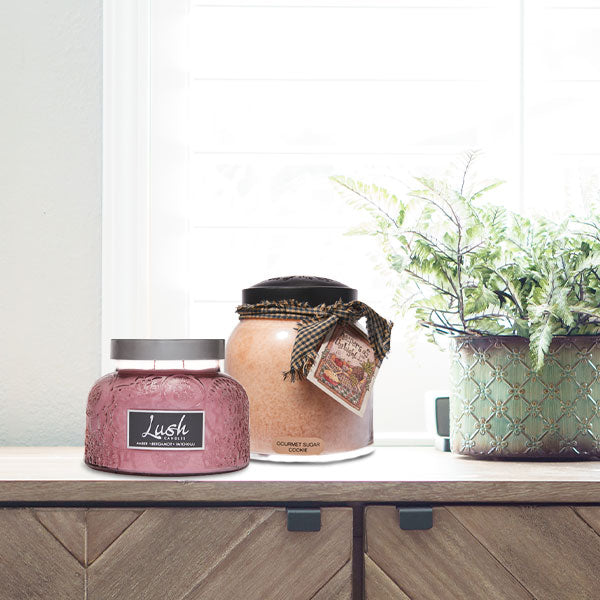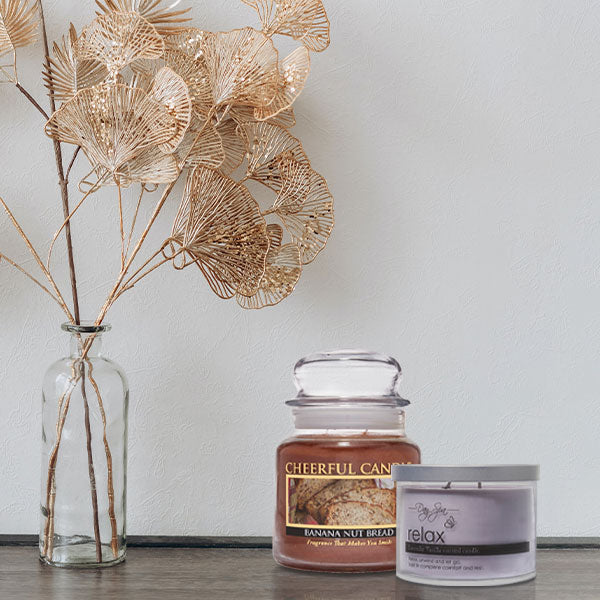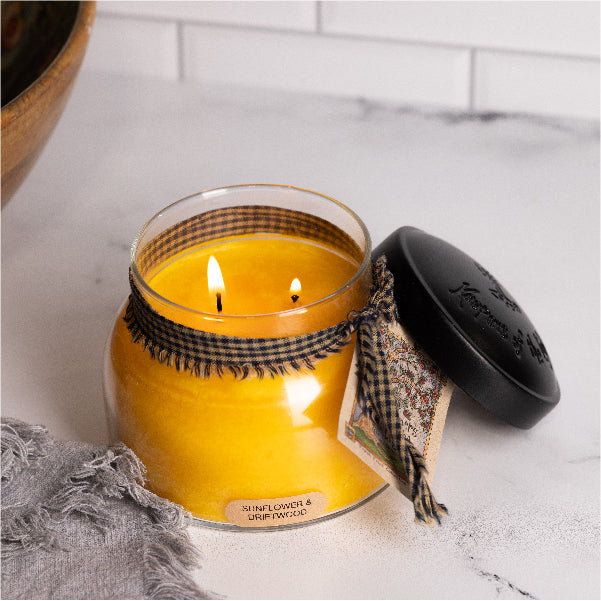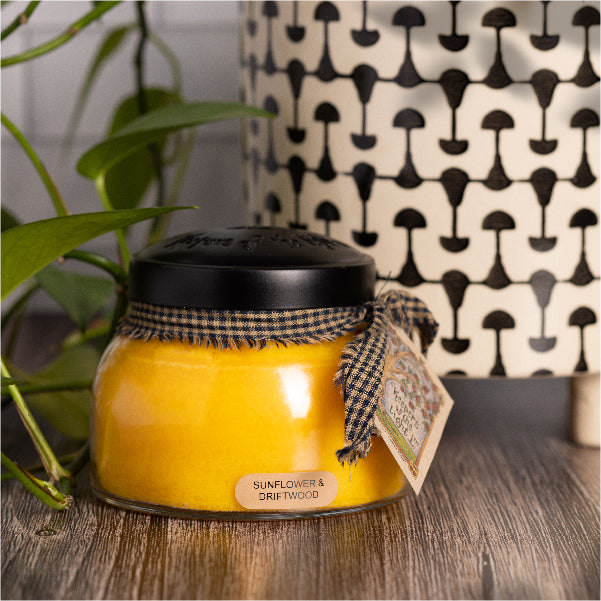Who Invented Candles
Have you ever wondered who invented candles? Did you know the history of candle making shaped how we use modern candles in our homes?
Candles are a staple of modern homes. Some even say that a house is not a home without a refreshing candle aesthetic. If you spend any time on social media, you've likely seen interior designers, celebrities, or at-home DIY professionals incorporate candles into their home's aesthetic, and somehow a simple candle seems to elevate the atmosphere.
While many of us may think of candles as sweet-smelling, colorful, and elegantly designed wax chunks, candles have an equally elegant backstory. Stick around until the end of the article for some interesting facts about candles, how we came about using candles for heat, and how colonial women invented the first scented candles.
A brief history of candles
Candles have been lighting our lives up for thousands of years. Though we don't know precisely when the first candle was made or who pioneered lighting candles, many experts attribute some of the earliest candles to ancient Egyptians.
The ancient Egyptians dipped pith (the spongy tissue found in fruits like oranges) in boiling animal fat to create torches and rushlights. Though these lighting techniques didn't use wicks or wax like the candles we know today, the ancient Egyptians laid the foundation for future colonial candle makers.
Despite Egyptians running around with torches and rushlights in 3100 B.C, some researchers recognize the work of ancient Romans for creating the first legitimate candles. These medieval candle makers wrapped papyrus plants (the plant responsible for paper) into melted animal fat, beeswax, and greases.
The ancient Roman candle illuminated millions of thriving Roman homes for over a thousand years. They incorporated candles into their streets, shops, religious ceremonies, traditions, and funerals.
Experts can also advocate for early Chinese, Indian, and Japanese candles made of rice paper, boiled cinnamon wax, and melted tree nut waxes. However, we cannot accurately track when these archaic candles originated, but candle enthusiasts recognize these cultures for helping pioneer household heating and lighting candles.
Who invented scented candles?
During colonial America, during the 1600s and 1700s, colonial women created the first scented candles. The early innovators discovered that burning bayberries yielded an aromatic wax that burned cleaner than comparable contemporary candles.
If we fast forward to the 19th century, we observe some of the most impactful candle evolutions between the 1830s and 1880s. Firstly, chemists discovered how to separate stearic acid from animal fatty acids, which led to stearin wax. Stearin wax was much harder, more durable, and burned cleaner than other candle materials at the time.
Inventors like Joseph Morgan then engineered candle molding and production machines, which inserted candle manufacturing into the tail end of the industrial revolution. Afterward, in the late 19th century, paraffin wax was introduced as a cleaner, "natural," consistently burning, and economical option for candles. Read our article "Why soy candles aren't any better than paraffin" for more context about paraffin wax.
How did candles become home decor?
As consumers entered the 20th century, demand for household goods significantly increased. The rapid growth of U.S. oil, meatpacking, manufacturing, and agricultural industries created increasing byproducts like paraffin and stearic acid, two prime candle ingredients. As candle popularity grew, new products emerged, catering to consumers' needs, wants, and requests.
Soon, more candlemakers appeared, creating vast arrays of candles in all shapes, sizes, scents, colors, styles, and designs. From there, the 20th century brought more demand, countless variations, and innumerable aromas to the candle market.
Agricultural and chemical experts also began paying more attention to candle sciences, developing innovative formulas offering various advantages. Some prime examples are soybean wax, palm wax, organic wicks, lingering scents, and asthma-friendly candles.
As we move further into the technological revolution, we no longer need candles for their light-producing capabilities. Instead, we keep them around for their other benefits, like stylistic and aromatic offerings, mood-boosting, anxiety-reducing, stress-relieving potential, and of course, their romantic flair.
Today we create twisting, figured, wavy, and smooth candles coordinated with a room's color palette. A few decades ago, candles were still a tool, yet we rapidly innovate and change how we use candles. Check out our other article, "Candle Trends for 2022," for a glimpse of how technology and modern creativity continue to reshape candles.
Candles were purely functional devices for thousands of years. Long before lightbulbs and essential oil diffusers, we innovated ways to illuminate our houses and introduce new sensory delights into our homes. Without each phase of historical innovation molding candles into what they are today, they would look, function, smell, and behave differently.



